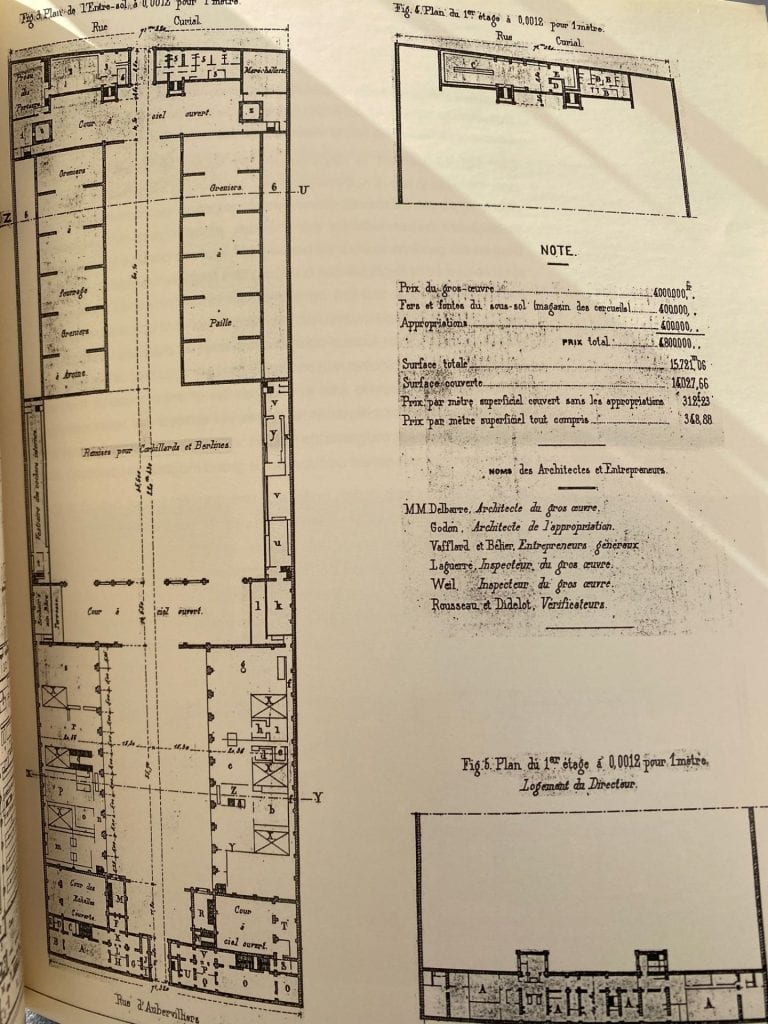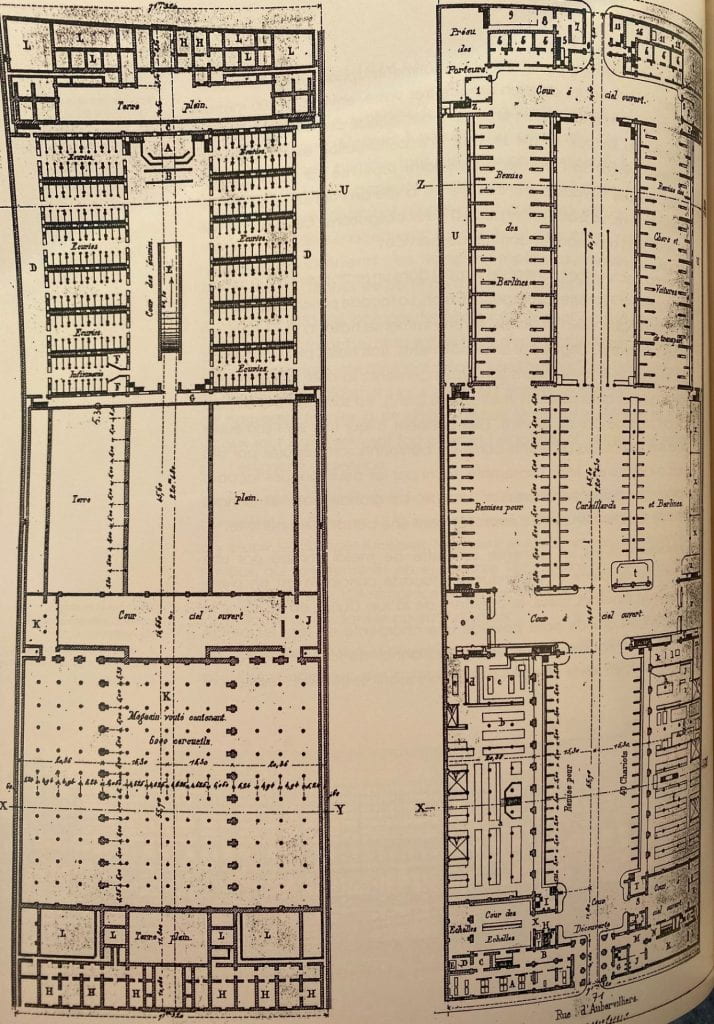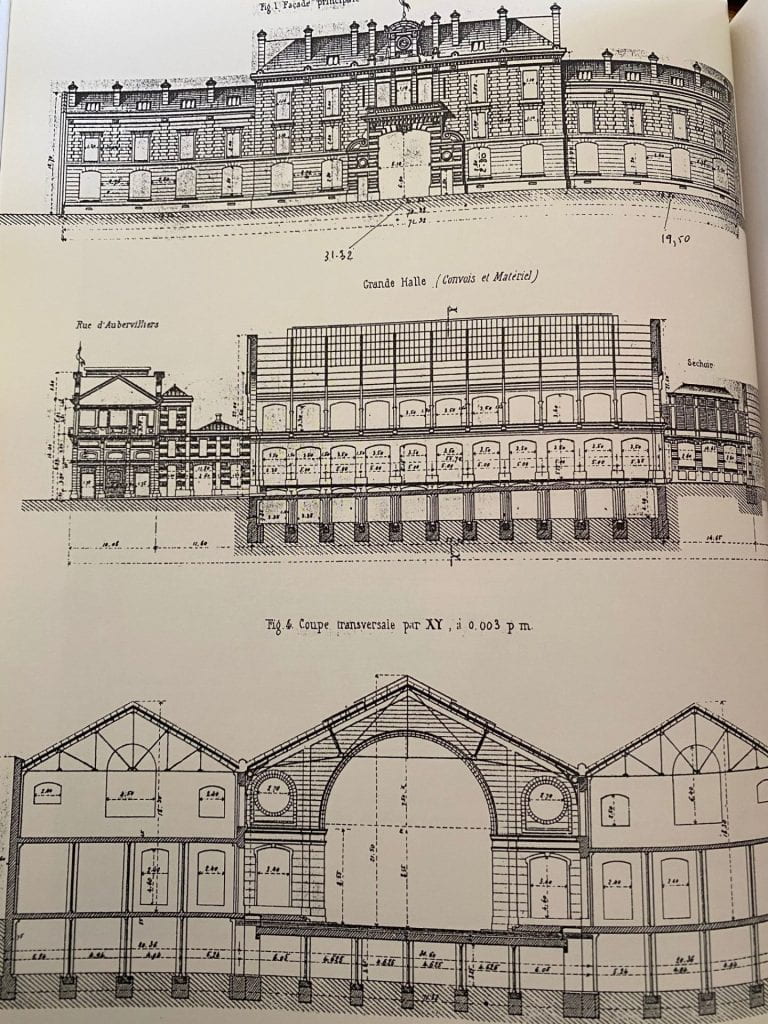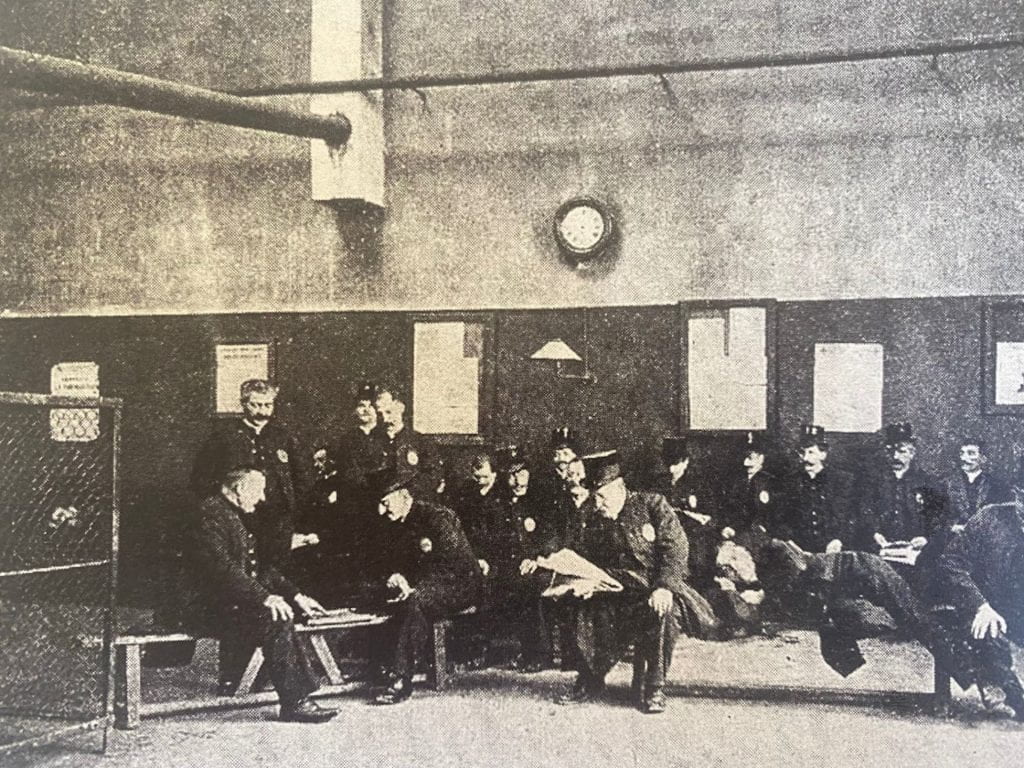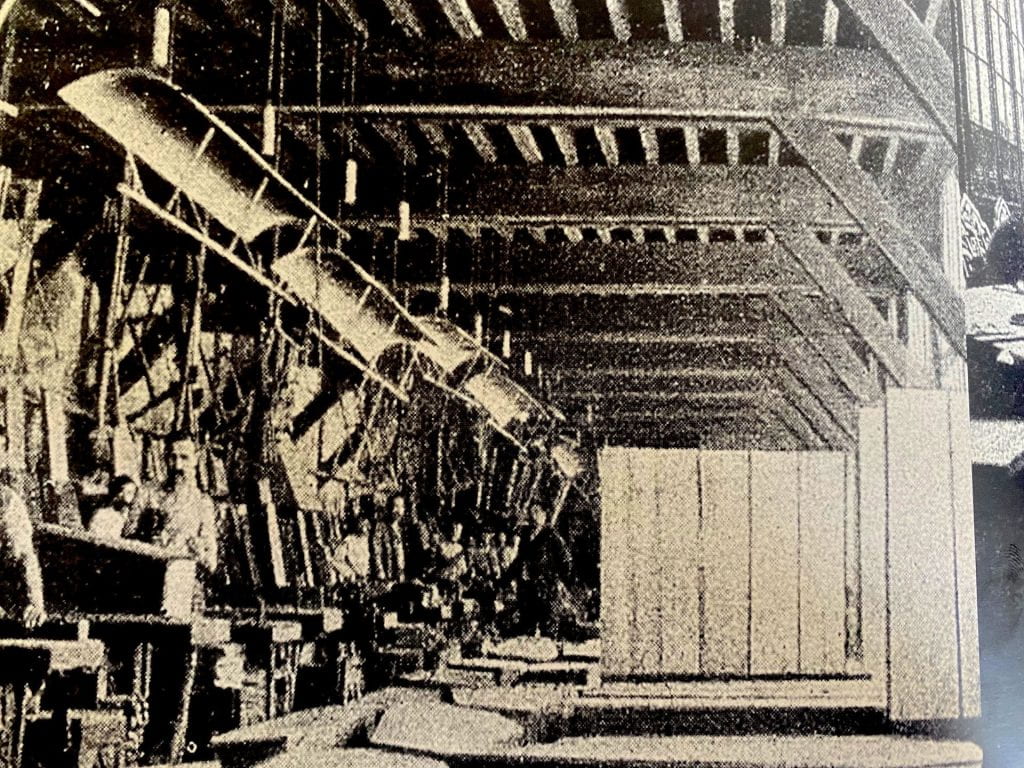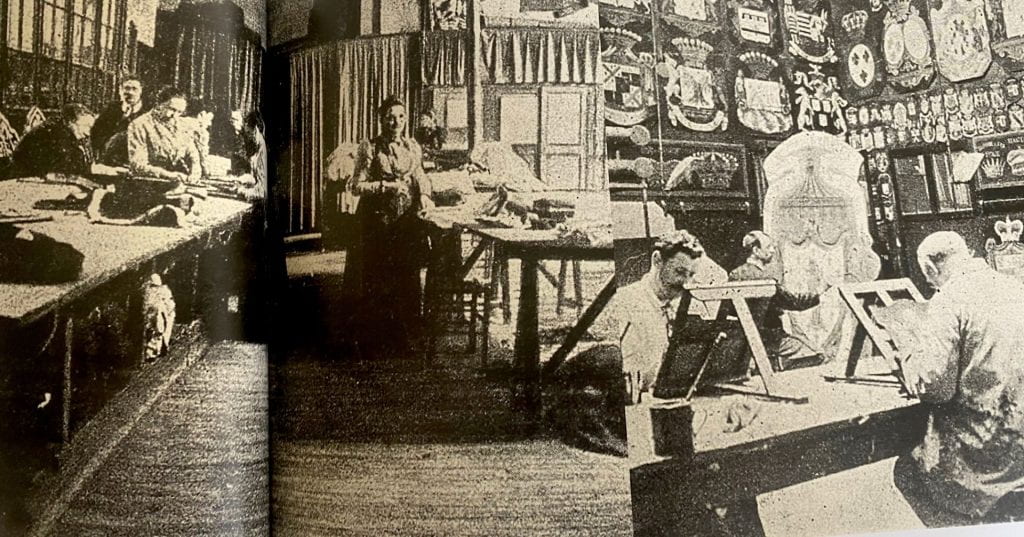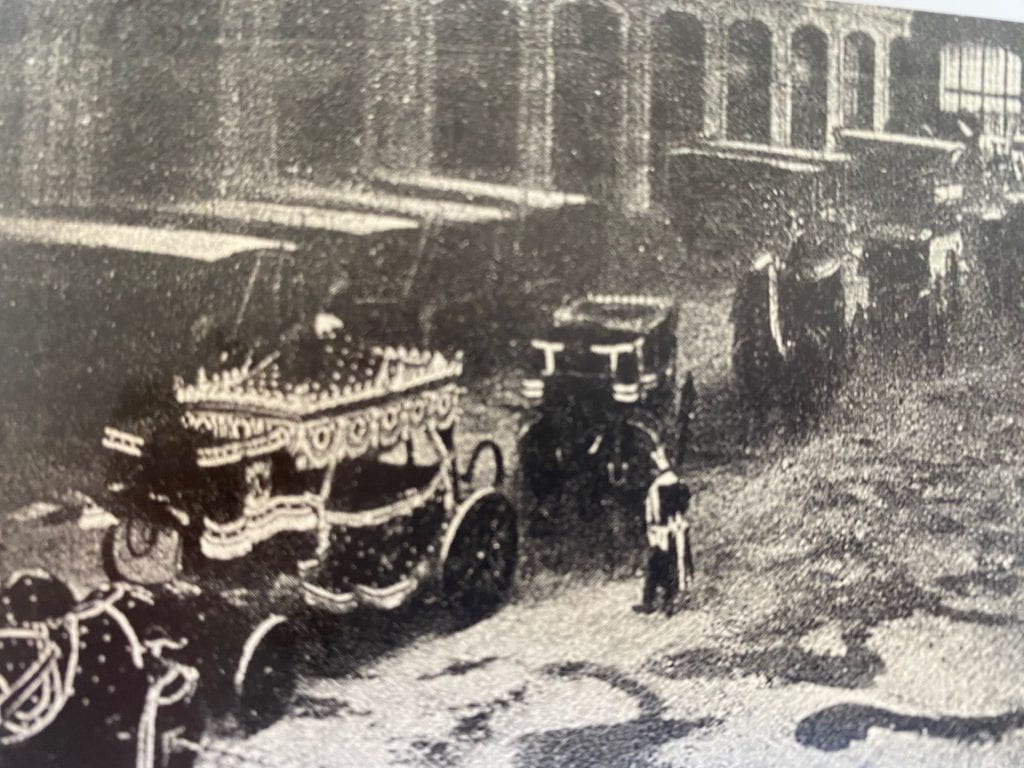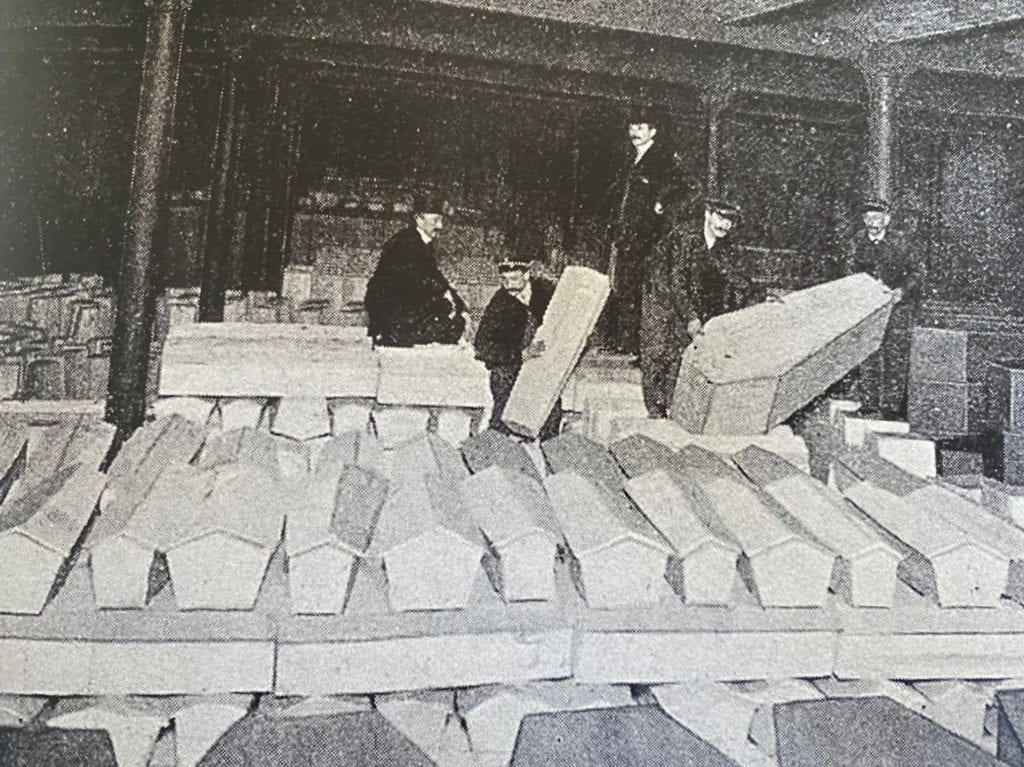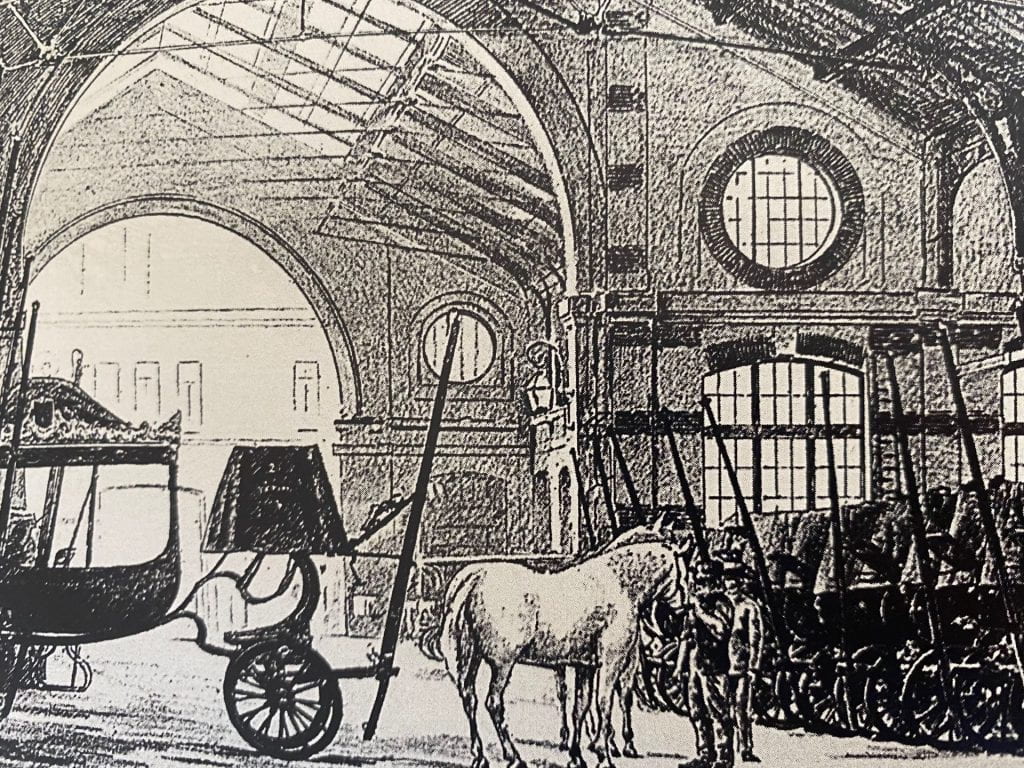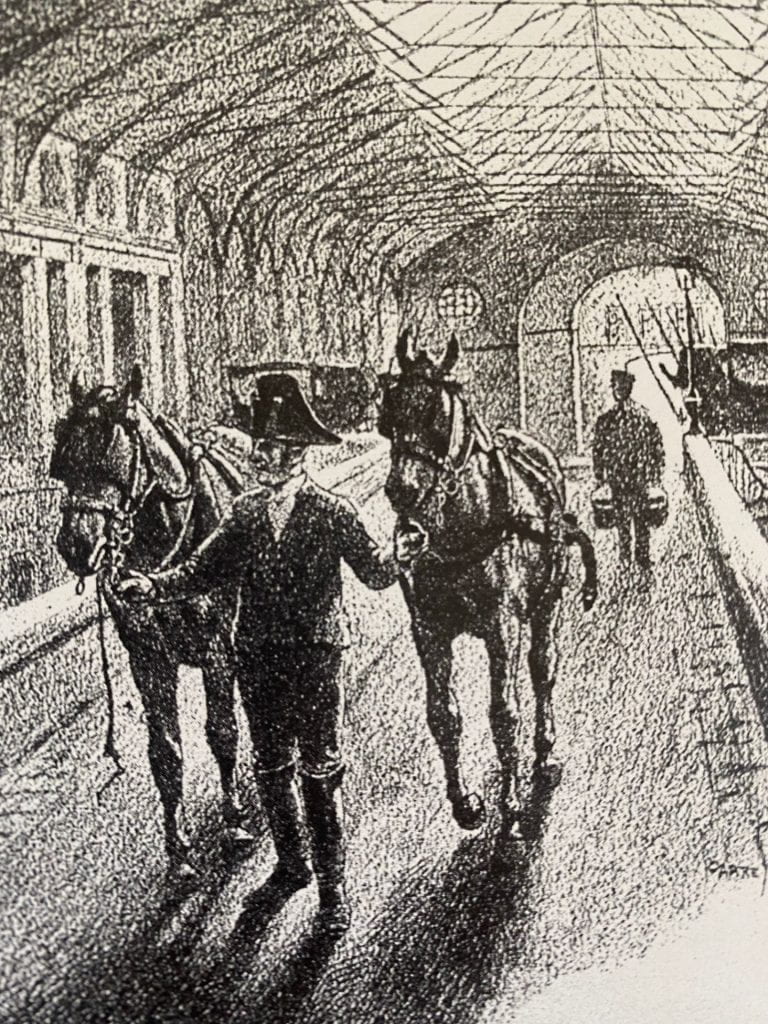La Machine Pompes funèbres (Chap 3)
Regime & system change
- The 104 institution of rue d’Aubervilliers becomes part of a funeral system that was put into place in the beginning of the 18th century. It’s architecture and function become a model.
- Under the Ancient Regime, the funeral services were assured by “burial town criers”. The Revolution however calls for reforms, and a new funeral monopole is put into place where the Church had total control of the whole process and choices. It’ll maintain itself until the beginning of the 20th century, when the 3rd Republic pushes for secularization.
- After the separation of the Church and the State in 1905, a newspaper states: “From now on, the dead would be brought into the ground, not only without passing by the church but also without involving a priest. It only depends on the families.”
- Paris then adopts the option of creating a municipal management, and the Pompes Funèbres become the “Service Municipal des popes funèbres de la Ville de Paris (SMPF)”. This is the service they take care of: the transport of the body inside the Paris commune and to the Parisian cemeteries or suburbs, providing there hearse, coffin, exterior hangings on mortuary houses, mourning cars along with the necessary supplies and personnel needed for burials, exhumation and cremation. All of these are considered exterior service, and the interior service is left to the cultural associations of the confessions, and any element related to religious ceremonies. This system won’t change until 1993. It is a public service outside of commercial and religious concerns.
The Cent Quatre
- Because of growing populations in Paris, the smaller funeral services weren’t enough. In 1870, the municipal counsel decides to use the 104 building for those purposes, and it is on the 1st of July, 1874 that the 104 and Pompes funebres are officially open.
- The building was perfect as it was situated in a neighborhood on the outskirts of the city, dedicated to industries, transports and services which presented a double advantage. It was a big area of 16 000 square meters, bigger than most of the other locals combined. The building’s architect is Delebarre and supervised by Victor Baltard, the director of architectural works of Paris until the end of the second empire. The building answers to two obligations: the centralization and rationalization of spaces and services. It is a functional architecture.
- The building is an immense metallic skeleton enrobed with stone and brick. The principle facades are made of sharpened bricks. The big hall has a metal frame and the small halls compose of a series of intertwined arcs and columns. This architecture is reminiscent of Parisian train stations, but also the slaughterhouses of La Villette.
- This space permits the fulfillment of all its functions :
- The main entry of Aubervilliers with its monumental arch and double entry gives access to the administration where the orders are made and the director resides. The courtyard is borded by a shaded space for funeral dyes. It gives on the big hall where the carts are dedicated to the transport of ladders, coffins, drapes and accessories for the burials. On the right, locals containing the woodwork, bronze and light fixtures. On the left, the decorations. In between the lateral halls, more workshops and ateliers. Past the second courtyard, the 3 halls are used for the hearses, carriages and cars. In the underground, the stables and storage. Finally, the building on rue Crucial (the opposite entry) houses the concierge, the personnel, a barbershop and a pharmacy. Transport methods are the main occupant of all this space, which permits this amount of activity and easy transportation; it is also a living space for the personnel, sheltered by the weather and with an abundance of natural light and sanitary infrastructure: it is a true factory.
“It is an immense factory where human mourning finds all that is necessary.”
- La Specialisation des Espaces, 1875
- La Specialisation des Espaces, 1875
- Facade de la rue D’Aubervilliers et coupe des halles,1875
- Waiting room of the carriers ( beginning 20th century)
- Coffin Carpentry ( beginning 20th century)
- Sowing shop for funeral drapes and ornamentation ( beginning 20th century)
- Departure of a convoy from the 104 ( beginning 20th century)
- Coffin storage in the basement of the 104 ( beginning 20th century)
- “Paris ignoré” by Paul Strauss 1892
- A coachman and his two horses in the 104
If you need the pdf format I can send it to you but it is too large to insert here. The captions of the pictures are on the bottom left when you hover your cursor over the image.
